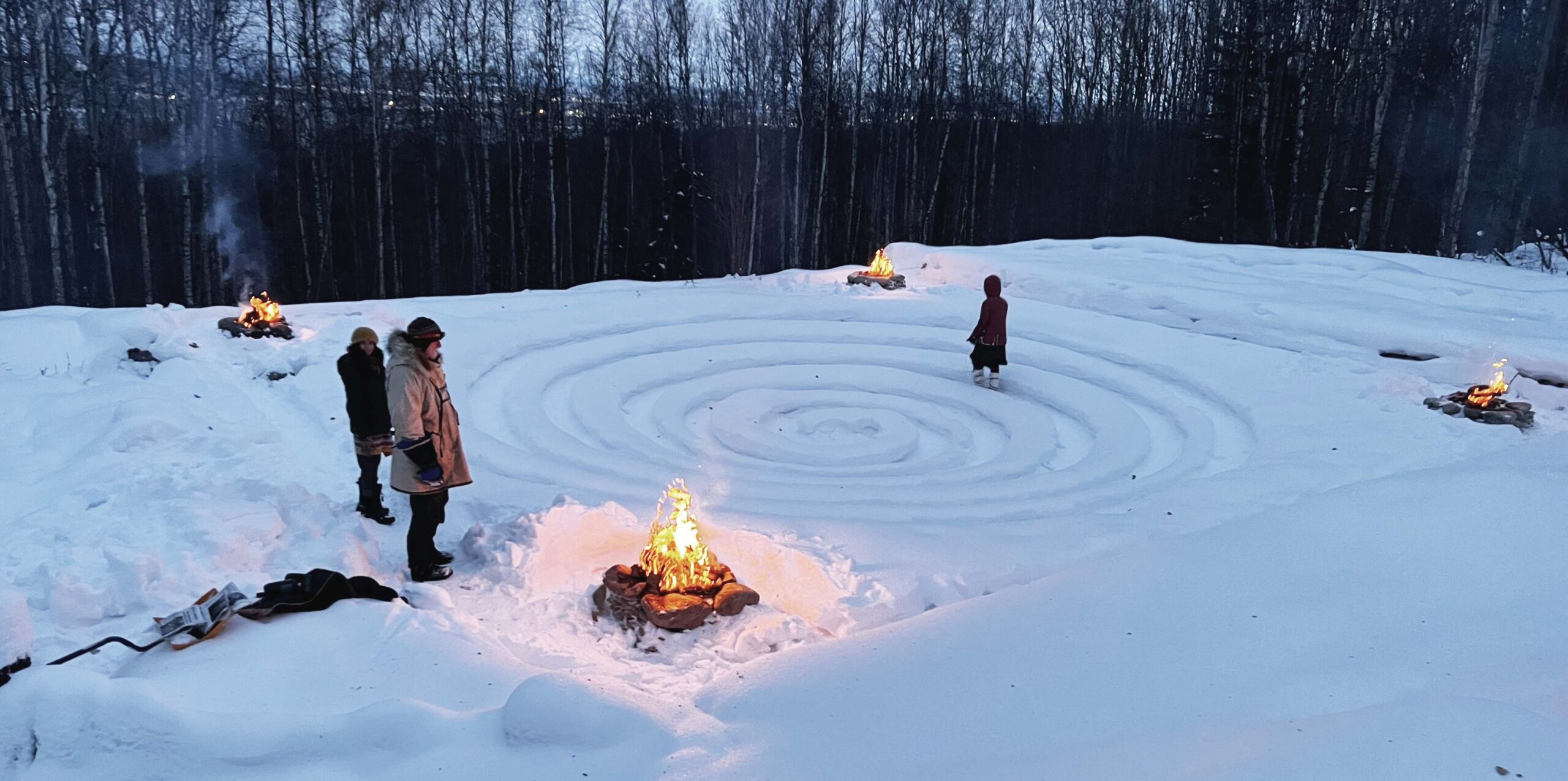
In this quest to understand how the fires built in the four towers at the corners of the labyrinth became the symbolic culmination of twenty years of stonework, I realized it was, at its core, equivalent to what Jung described as Modern Man in Search of a Soul, in 1933.
I have never considered myself religious or even spiritual. Raised within a scientific and materialistic paradigm, I saw these concepts as illusions, remnants of an irrational culture: “God is dead.”
However, the journey since the heart attack two decades ago has suggested the presence of invisible forces guiding this labyrinthine path.
As part of this quest, I have been searching for the connection between fire and spirit.
Here are some images that depict both fire and the Holy Spirit, accompanied by quotations from the Bible and C.G. Jung:
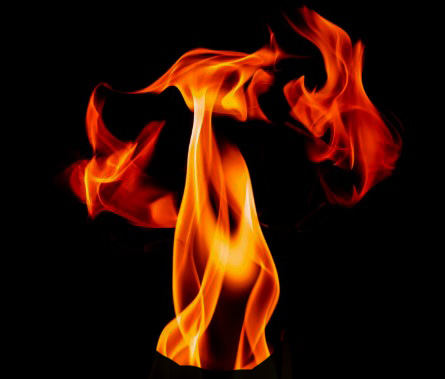
And suddenly there came a sound from heaven as of a rushing mighty wind, and it filled all the house where they were sitting.
And there appeared unto them cloven tongues like as of fire, and it sat upon each of them.
And they were all filled with the Holy Ghost, and began to speak with other tongues, as the Spirit gave them utterance.
Acts 2: 1-4
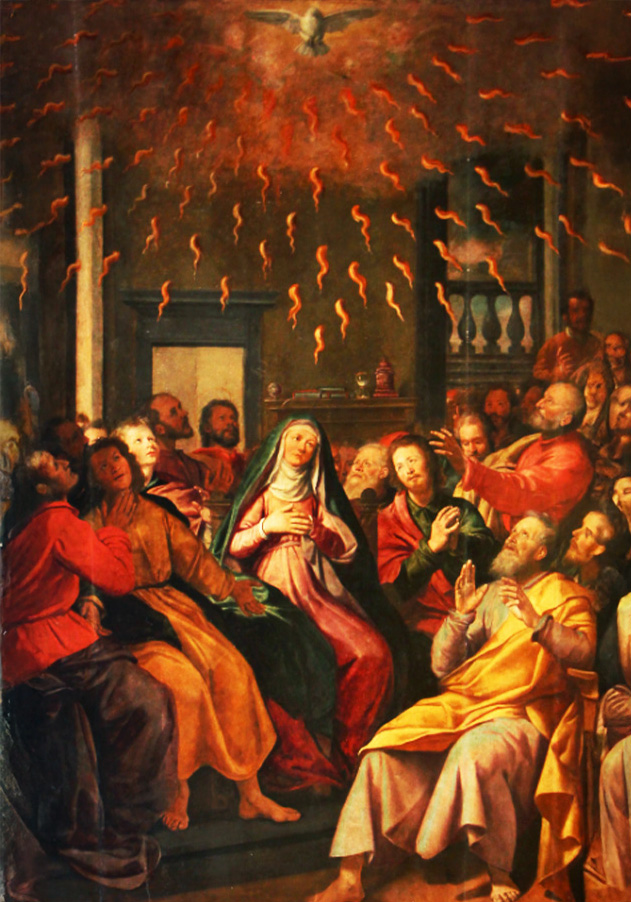
Santi di tito, Pentecoste, 1598,
The Holy Ghost of the New Testament appeared to the apostles in the form of flames, because the pneuma was believed to be fiery.
C.G. Jung
Collected Works 5
Symbols of Transformation
Paragraph 149

I indeed baptize you with water unto repentance: but he that cometh after me is mightier than I, whose shoes I am not worthy to bear: he shall baptize you with the Holy Ghost, and with fire.”
Matthew 3:11
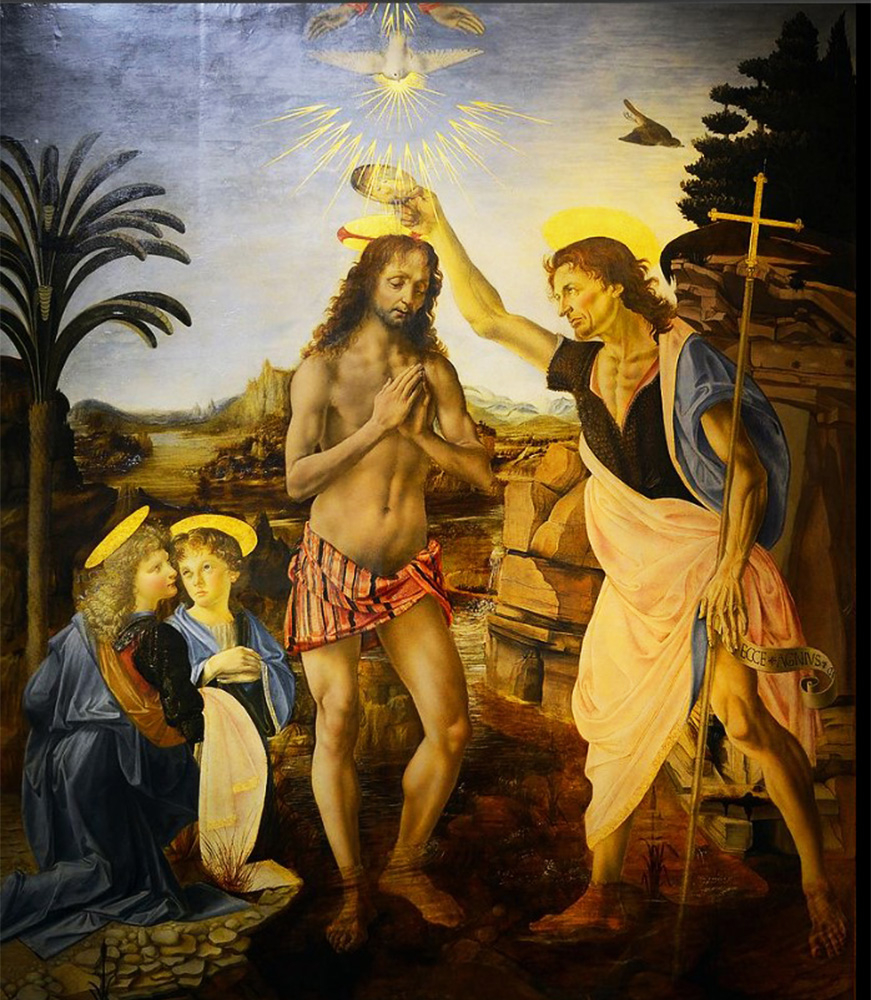
With the rising of the reborn sun the fish that dwelt in darkness, surrounded by all the terrors of night and death, becomes the shining, fiery day-star. This gives the words of John the Baptist a special significance (Matthew 3:11):
I indeed baptize you with water unto repentance; but he that cometh after me is mightier than I . . . He shall baptize you with the Holy Ghost, and with fire.
C.G. Jung
CW 5, Symbols of Transformation
Paragraph 29

There the angel of the Lord appeared to him in flames of fire from within a bush. Moses saw that though the bush was on fire it did not burn up.
Exodus 3:2

Sébastien Bourdon…..Moses and the Burning Bush…..1643
In the Old Testament the magic power glows in the burning bush and in the countenance of Moses; in the Gospels it descends with the Holy Ghost in the form of fiery tongues from heaven. In Heraclitus it appears as world energy, as “ever-living fire”; among the Persians it is the fiery glow of haoma, divine grace; among the Stoics it is the original heat, the power of fate.
C.G. Jung
Collected Works, Volume 7
Two Essays on Analytical Psychology
Paragraph 108
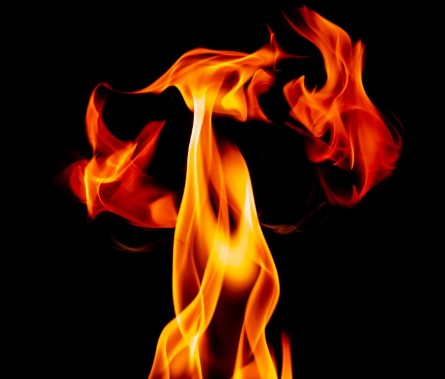
After this I looked, and there before me was a door standing open in heaven. And the voice I had first heard speaking to me like a trumpet said, “Come up here, and I will show you what must take place after this.” At once I was in the Spirit, and there before me was a throne in heaven with someone sitting on it… From the throne came flashes of lightning, rumblings and peals of thunder. In front of the throne, seven lamps were blazing. These are the seven spirits of God.
Revelation 4:5
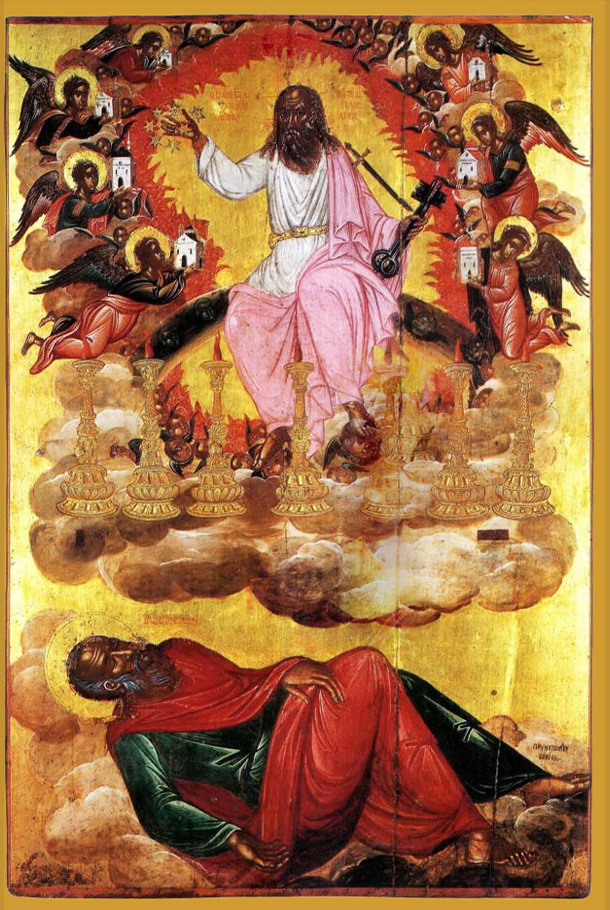
Byzantine icon, Vision of Saint John on Patmos, 16th Century
The Holy Ghost as “life” is a concept that cannot be derived logically from the identity of Father and Son, but is, rather, a psychological idea, a datum based on an irrational, primordial image. This primordial image is the archetype, and we find it expressed most clearly in the Egyptian theology of kingship. There, as we have seen, the archetype takes the form of God the father, Ka-mutef (the begetter), and the son. The ka is the life-spirit, the animating principle of men and gods, and therefore can be legitimately interpreted as the soul or spiritual double. He is the “life” of the dead man, and thus corresponds on the one hand to the living man’s soul, and on the other to his “spirit” or “genius
C.G. Jung
